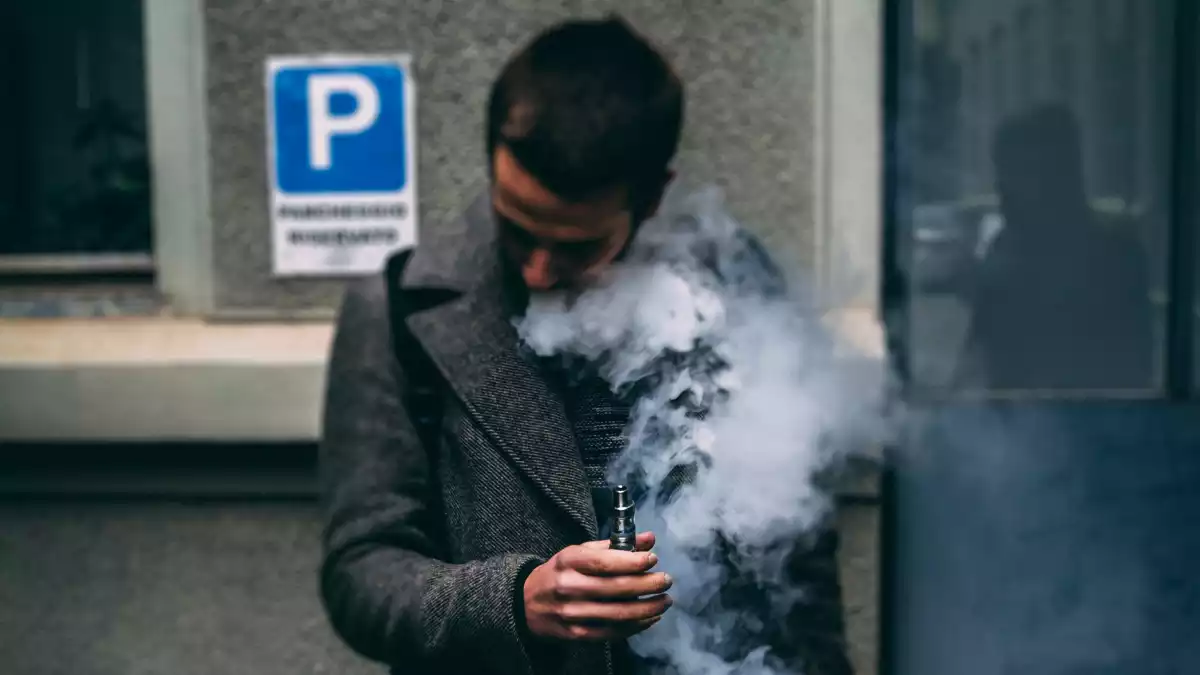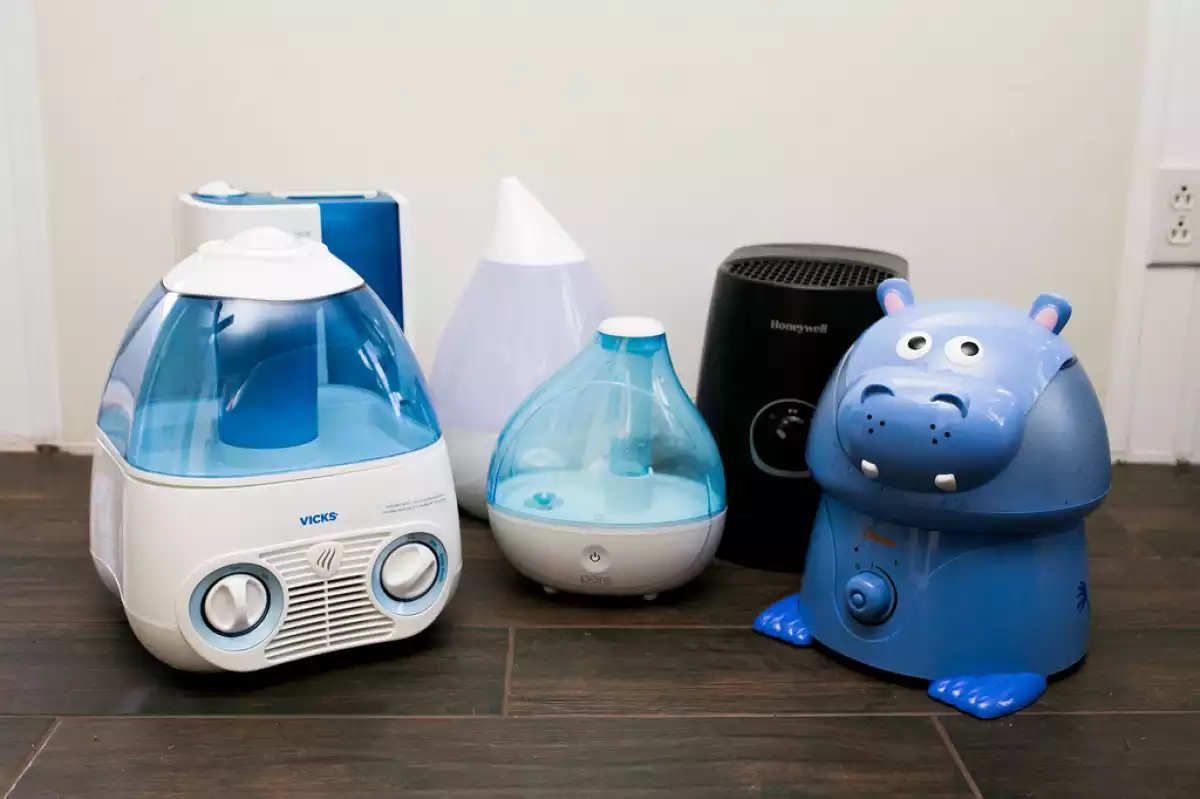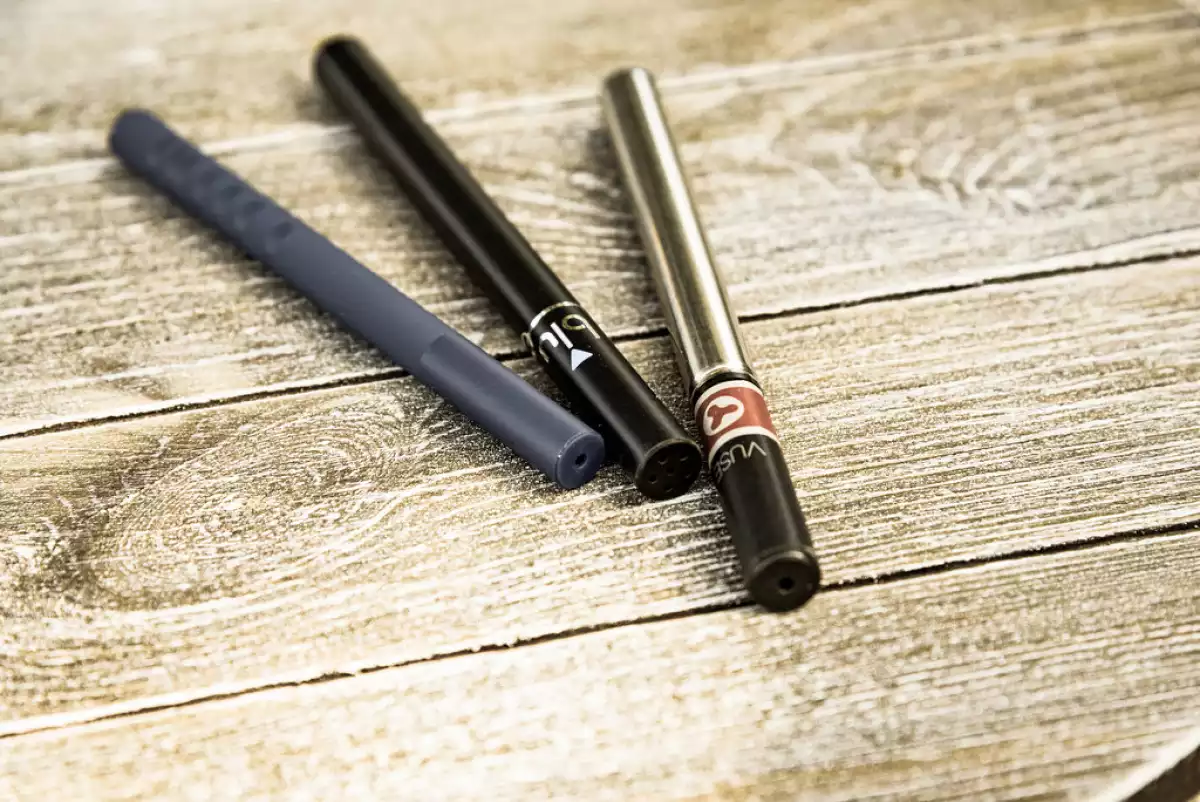
Nothing says "fashion" and "edgy" there days more than e-cigarettes and fancy vape pens. With so many harmful substances that go into typical cigarettes, tobacco companies have devised an alternative way of smoking via a less hazardous process that has swept across the world, recruiting new smokers and converting old ones alike. We will explore the definition of a vaporizer, how many types there are and what they are used for, as well as learn how to make a vaporizer with household items.
What is a vaporizer?
Vaporizers, commonly known as "vape" or "vapes", are devices used to atomize substances for inhalation. Plant substances can be used, usually cannabis, tobacco, as well as medicine. The vaporizer turns liquid into vapor through a different process than combustion. This is one of the main reasons why it is considered a relatively safer alternative to smoking, and it is even used to administer medicine (these devices are called nebulizers).
Inhaling means that the substances present in the liquid used (e-juice) take effect immediately without irritating our gastrointestinal tract, and cause nausea. These alternative smoking devices also have a downside (although not so publicized) as they can also be filled with a combination of propylene glycol, glycerin, and drugs such as nicotine (toxic extract from tobacco) or tetrahydrocannabinol (a cannabinoid identified in cannabis) which are harmful to our health. In simple terms, one should be aware of the potentially dangerous effects of vaporizing, as no smoking method is "100% safe".
Convection vs. Conduction vs. Combustion
The central premise of vaporizers and their most significant advantage is that they do not combust the products, like regular cigarettes or other fire-based methods do. Combustion, or burning, creates toxins that cause emphysema, cancer, and other health problems. Vaporization introduces two different heating styles that allow for a safer inhalation; these are convection and conduction.
Convection vaporizers rely on gas or liquid to move the heat (imagine steam), while conduction vapes involve a motionless transfer of heat (metal against metal). The conduction method, while simpler to use and more cost-effective is said to result in combustion which is why the most popular method used in vaporizers now is convection.
Vaporizer vs. Humidifier
Unlike vaporizers which use hot air to vaporize water, most humidifiers function with cold water thought an ultrasound mechanism. High-frequency vibration converts the water in vapor which produces moisture and helps counteract the effects of a dry environment, or a cold. There are also humidifiers that use electrodes and with the help of electrical current vapor is generated, and water is heated (which is a similar process to vaporizers).
The water used in humidifiers is often mixed with balsamic oils to help soothe the airways. Be careful, however, not to use essential oils in a warm air humidifier, because heating the oils can damage their therapeutic properties. The ideal placement of a humidifier would be as low as possible in the room, and summertime is the most common period of the year when people use them as the air tend to get much drier.
1. Baby humidifier
Young children are the primary beneficiaries of humidifiers as in the first years of life they struggle with colds and stuffy noses. Having a humidifier helps maintain healthy levels of moisture in the room and improves breathing, not only for children but for every member of the family. Special care must be taken with hot air humidifiers as they could result dangerous if placed in the reach of children due to the high temperature.

2. Nebulizer
Nebulizers are medical devices which help patients inhale the active substance in particular medicine. They are primarily used in asthma and other ailments connected to the airways. Atomizers can also be used as an alternative way of administering treatment in case other methods fail, or when a hefty dose of medicine must be used.
The main types of nebulizers are the atomizer jet (or compression nebulizer) which uses an aerosol compressor to vaporize the medicine and the ultrasonic (or mesh nebulizer) that uses high-frequency sound waves to make liquid medicine inhalable. There are also pneumatic nebulizers which are used with a mask and a compressor that filters the air that passes through a liquid. This way the small particles of medicine are converted into an aerosol which is easier to inhale.

3. E-cigarettes
Another alternative to classic combustion cigarettes is the electronic cigarette or e-cigarettes, as they are known on the market. E-cigs are hand-held devices which heat a liquid, called e-liquid that generates an aerosol that is inhaled by the user.
Despite being marketed as being healthier than classic cigarettes because the majority of the toxic chemicals found in tobacco smoke are absent in e-cigarette aerosol, e-cigs may still contain nicotine which causes addiction. Less serious adverse effects include throat and mouth irritation, vomiting, nausea, and coughing.

3. Vaporizers (Vape pens)
Vaporizers, vape pens, or shisha pens, use the convection method and they have various extraction chambers that are made of materials such as metal or glass and most available brands offer vape pen starter kits.
A vape pen (Element vape pens are a popular choice) works by providing power to the heating chamber, which then heats the cannabis herbs, oil, or wax until vapor is produced which is then inhaled through the mouthpiece. Because there is no combustion, the irritating and harmful effects of smoking are heavily reduced, as is its secondhand smoke.

4. Vape mods
Vape mods are larger devices than e-cigarettes and are known for their high vapor production. This alternative smoking device is based on a regular vape pen, but it is enhanced (or modified, hence the 'Mod' name) to include certain advanced features.

How to make a vape
Considering the popularity of vape devices, many people have asked themselves this question in an attempt to limit the amount they spend on vapes. The most utilized materials are empty water bottles, glass bottles, funnels, and many more. One simple method of making a vaporizer is to place a lit candle in a cardboard box. Next, place an empty, clean can on top of the box and put your smokable substance on the can.
Next, place a glass jar over the can, in such a way that it only covers the can and it contains the resulted vapor which can be then inhaled. Vape pens are also popular devices which has created a trend among users that now build their own. While this may seem like a cool DIY project and one that could save some money, it is a dangerous process and can lead to third-degree burns and explosions, even when dealing with the original product.
Medical controversy
There has been much debate over the benefits of vaping compared to conventional smoking methods and in the first long-term study assessing these differences, specialists at NHS (the British National Health Service) have discovered that former smokers who have now switched to using e-cigarettes have significantly lower levels of toxins than those who continue to smoke regular cigarettes.
On the other hand, the FDA (the American Food and Drug Administration) has not certified vaping as safe and lists many health risks such as exposure to substances like dicetyl, solvents, flavorings, and toxicants, which medical practitioners describe as either "harmful" or "potentially harmful." Other dangers include the risk of explosion, which has caused serious burns, and death.
- This article about "The Vaporizer" was originally published in Spanish in Viviendo La Salud
References:
Breland, A. B., Spindle, T., Weaver, M. & Eissenberg, T. (2014). Science and Electronic Cigarettes. Journal of Addiction Medicine, 8(4): 223-233.
E-cigarettes and lung health. (2016, December 8).
Grana, R., Benowitz, N. & Glantz, S. A. (2014). E-cigarettes: a scientific review. Circulation, 129(19): 1972-86.
